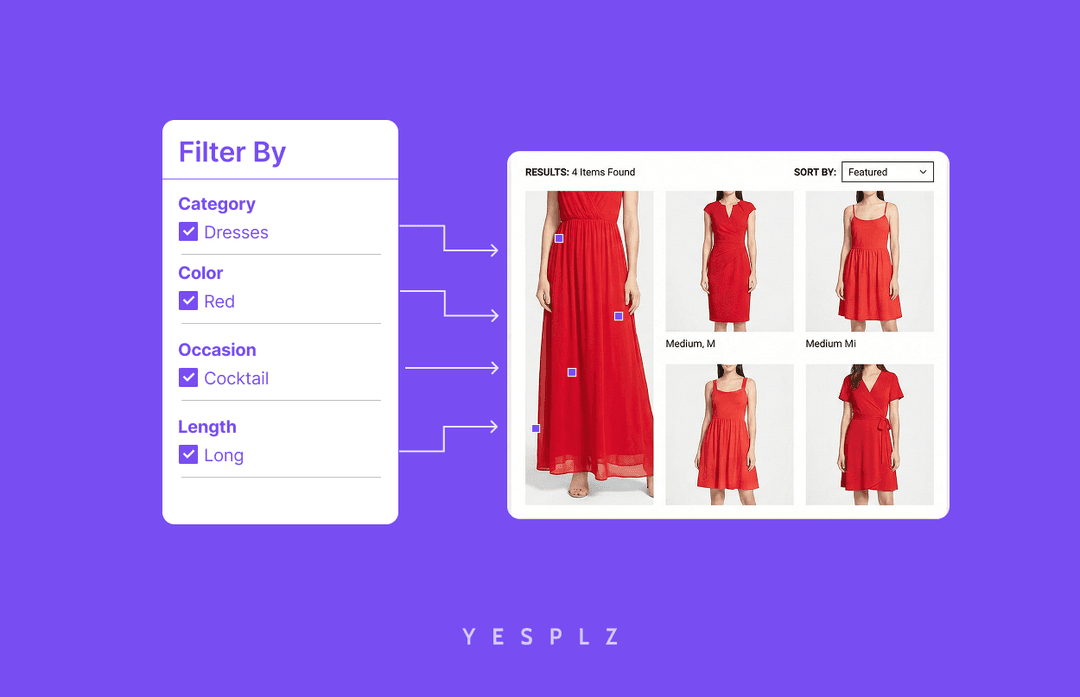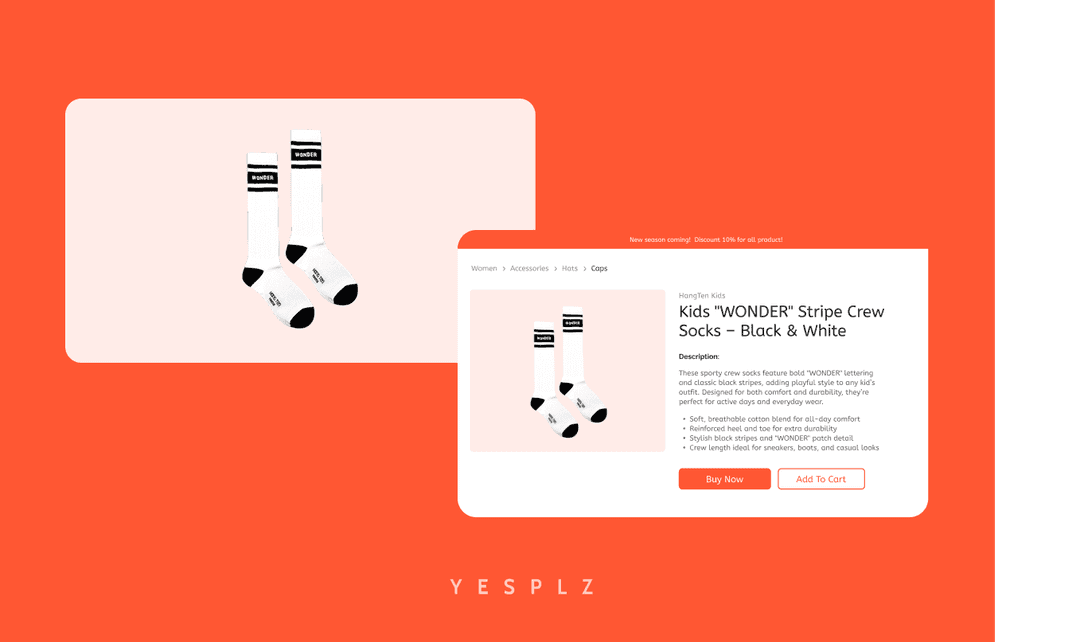Series #3
by Jess Erdman, Content Marketing LeadSeptember 2021

If you’re following the latest fashion tech trends, you’ve likely heard of hyper-personalization. But, how are brands using hyper-personalization to transform the customer experience? In the third part of our fashion tech series, we’ll explore the different components of hyper-personalization: what is it? Why does it matter? And give examples of how hyper-personalization can have a tangible business effect.
Let’s dive into hyper-personalization in fashion tech!
If you’re interested in learning more about fashion tech trends, visit the YesPlz Resource Center for the latest news.
Visit the YesPlz Resource Center
What is it: Fashion tech is in the next evolution of personalization: hyper-personalization. By using big data to curate products, provide better product recommendations, and improve targeting, hyper-personalization is taking fashion to another level.
After the pandemic, customers have become accustomed to a certain level of personalization in their shopping experience. In a sea of choices, hyper-personalization can be the difference between customers abandoning their carts and completing a purchase.
It’s still early in the personalization game for retailers, as retailers learn how to leverage big data in a way that is beneficial to customers. Challenges remain to be solved, such as: how to derive insights from data and putting the right foundations in place to gather data. These deep challenges are forcing retailers to work cross-functionally to create hyper-personalized experiences for customers.
At its core, hyper-personalization exists to solve for a gap between customer expectations and reality. When a customer has an image of a product in her mind and is met with mismatched search results, hyper-personalization has the power to change the entire customer experience.
While personalization has been around for years (the most popular example being StitchFix), the technology that powers personalization tools is becoming more advanced. Fashion AI-trained product recommendations can give laser-accurate, fashion-oriented recommendations based on customer behavior and preferences.
As hyper-personalization continues to develop, we can see that it’s solving real business problems in the customer shopping experience:
1- Speed: Customers want to receive lightning-fast product suggestions
2- Relevance: Customers expect to find what they’re looking for
3-Re-targeting: After purchasing a product, customers don’t want to see ads for the same product
Hyper-personalization has the ability to revolutionize the customer shopping experience, but the complexity in successfully implementing personalization tools means that hyper-personalization is still in its infancy.
We’re leveraging fashion artificial intelligence to hyper-personalize eCommerce:
YesPlz AI (yes, that’s us) is leveraging fashion artificial intelligence to create smart product recommendations on Shopify. Our product recommendations can identify and tag product attributes to make targeted recommendations, unlike other recommendation systems. And, because we trained our algorithm to understand fashion choices, customers are never recommended an irrelevant product.
Here’s how we engineered our product recommendation system to offer hyper-personalized recommendations:

You can learn more details here.
Amazon has also entered the personalized fashion landscape with “Made for You,” an example of personalizing the clothing manufacturing process by using customer data to create a custom-fit t-shirt. Customers provide data on height, weight, and sizing, as well as two photos of themselves. They can then select from fit and fabric options. However, some customers complain about the fit, claiming that the shirt is too loose or short or that they’re “swimming in it,” according to reviews.
And, of course, fashion tech brands couldn’t resist the idea of having clothing drops powered by technology. Brands such as Finesse and FOMO create limited clothing drops. Finesse asks users to vote on their favorite fits, and produces the winning outfit in limited amounts. FOMO uses fashion artificial intelligence to generate clothing in real-time, based on user preferences.
These drops from Finesse are limited edition and based on user votes —

Hyper-personalization’s potential in fashion is far-reaching, from manufacturing to eCommerce — and we expect to see more in the future.
Keep an 👁️ out for:
The most successful hyper-personalization examples in fashion tech demonstrate that it’s both a science and an art. Without technical know-how, personalization tools fall short in effectively analyzing data. On the other hand, without fashion and creativity, personalization tools fall short in inspiring customers to make purchases. Fashion inspires personalization technology, and that personalization inspires customers to purchase. But, with poor personalization tools, customers can leave the eCommerce experience frustrated.
Finding the balance between the science and art of hyper-personalization is never easy. It requires utilizing customer data (which asks the question: what’s the best way to obtain customer data?), an understanding of shopping and style preferences, and having mechanisms in place to manage and interpret data.
Visit the YesPlz Resource Center
Written by Jess Erdman
Content Marketing Lead
I'm passionate about creating cool content. The best part? I get to learn new things about fashion tech and ecommerce everyday. Have an idea or opinion about this article? Reach out at jess@yesplz.ai

Stop losing sales to poor product filtering. Discover how AI simplifies creating Shopify filters, saving you 25-50 hours per 100 products.
by YesPlz.AI

Automate Shopify product pages and cut 50–100 hours of manual work. AI generates product titles, descriptions, and metadata instantly from product images.
by YesPlz.AI